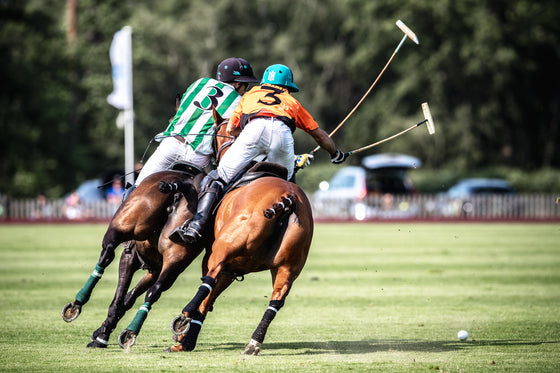Famous for ancient empires, Maharashtra, by its very name conjures images of the bygone days of Indian royal society and dynasties. On my recent trip to the state’s capital and largest city, Mumbai, I took the time to visit one of Truefitt & Hill’s five barber shops in the city, as originally detailed here. While impressed by the shop’s well-appointed location near the offices of state government in historic Colaba, in this land of Mughals and Maharajas, I did not expect to be struck by the area’s links with Truefitt & Hill’s own brand’s history.
However, I was about to be twice reminded that not many companies in the world are fortunate enough to have such an incredibly rich and storied history as Truefitt & Hill, and one which is so closely intertwined with well known historical figures, even in Mumbai.
Turn away from the Truefitt & Hill’s shop, and you are steps away from the Gateway of India, the city's top tourist attraction. Bordered by the Arabian Sea, the colossal structure overlooks Mumbai harbor, and was interestingly built to honour King George V, one of Truefitt & Hill’s royal patrons. It was intended as a welcome to Bombay (as the city was then known) for the King and Queen Mary in December 1911, for what would then have been an event of grand significance for British India.
Although foundation stone was laid in March of 1911, some nine months later the king and queen only got to see a cardboard model of the structure upon their visit, as its plans were not yet approved. In fact, the monument would not be finally completed as a commemoration of their visit until 1924, following a land reclamation project.

Built right next to the Taj Mahal Palace & Tower hotel, for British arriving for the first time to India, the gateway was a symbol of the "power and majesty" of the British empire, and was the ceremonial entrance to India for Viceroys and the new Governors of Bombay.
Aptly, the last British troops to leave India following the country's independence, the First Battalion of the Somerset Light Infantry, also passed through the Gateway on their way out in a ceremony on February 28, 1948, signalling the end of British rule.
Today the gateway is a favourite sight for tourists, Indian and international alike, a gathering spot for locals and a top place for people-watching. It attracts food stalls vendors, postcard sellers, and photographers promising the perfect souvenir shot. The flurry of activity is added to by the wharves behind the gateway being the departure point to Elephanta Island, a popular day trip destination on account of its ancient cave temples.
Pre-dating the gateway, The Taj Mahal Palace & Tower Hotel is a legendary luxury property that has consistently ranked among the world's foremost hotels since it opened in 1903, and it too has a Truefitt & Hill connection. It has played host to many of the brand’s patrons, such as Sir Alfred Hitchcock and Prince Philip, Duke of Edinburgh, whose photos taken at the hotel are on display in the lobby alongside those of other famous guests. These include film stars Richard Gere, Michael Douglas, Roger Moore, Brad Pitt; rock stars Mick Jagger, John Lennon; politicians Barack Obama, George W. Bush, and Bill and Hillary Clinton.

A heady mix of architectural styles – Maharajah, Victorian Gothic and Florentine, the two buildings that make up the hotel, the Taj Mahal Palace, and the Tower are two distinct buildings, built at different times and in different architectural designs. A "Heritage Grand" class five-star hotel, and the flagship property of Taj Hotels Resorts and Palaces, the hotel contains 560 rooms and 44 suites, all uniquely designed and decorated. It has 1,500-staff including 35 butlers.
Resigning myself to a seat in the palace’s first floor Harbour Bar for an unparalleled view of the Gateway of India, I imagine the famous list of characters that have passed through the hotel and wonder who among them given the opportunity to groom for greatness would have visited the nearby Truefitt & Hill had it been open before 2014.
By Connell A. Kennedy


 Bangladesh
Bangladesh
 1805
1805 Grafton
Grafton Sandalwood
Sandalwood No.10
No.10 Trafalgar
Trafalgar West Indian Limes
West Indian Limes Ultimate Comfort
Ultimate Comfort Apsley
Apsley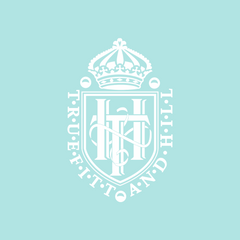 Mayfair
Mayfair Highgrove
Highgrove Cream and Soap
Cream and Soap Shaving Brushes
Shaving Brushes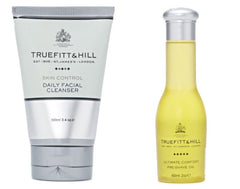 Pre-Shave
Pre-Shave Aftershave Balm
Aftershave Balm Razors
Razors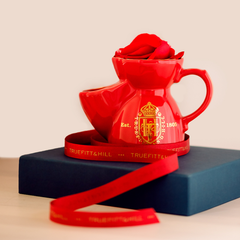 Stands & Mugs
Stands & Mugs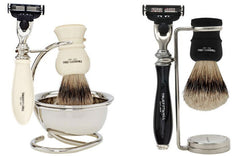 Sets
Sets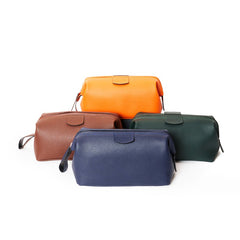 Bags
Bags Shampoo
Shampoo Tonic & Frictions
Tonic & Frictions Styling
Styling Combs & Brushes
Combs & Brushes Beard
Beard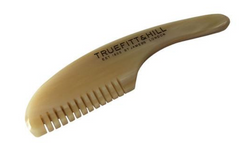 Moustache
Moustache Bath Soap
Bath Soap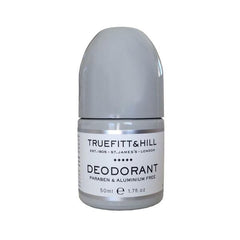 Deodorant
Deodorant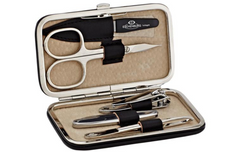 Manicure Sets
Manicure Sets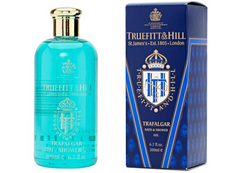 Shower Gel
Shower Gel Scrub & Cleanser
Scrub & Cleanser Skincare
Skincare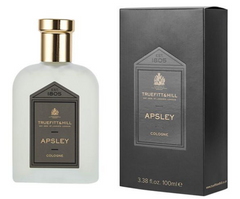 Cologne
Cologne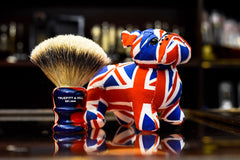 The Jubilee Collection
The Jubilee Collection E-Gift Cards
E-Gift Cards $50 and under
$50 and under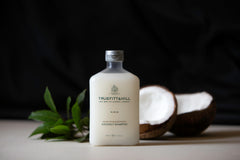 $100 and under
$100 and under $100 and over
$100 and over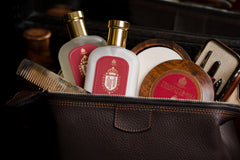 Gift Sets & Bundles
Gift Sets & Bundles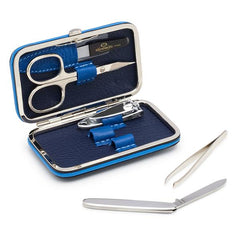 Grooming Accessories
Grooming Accessories Travel
Travel



